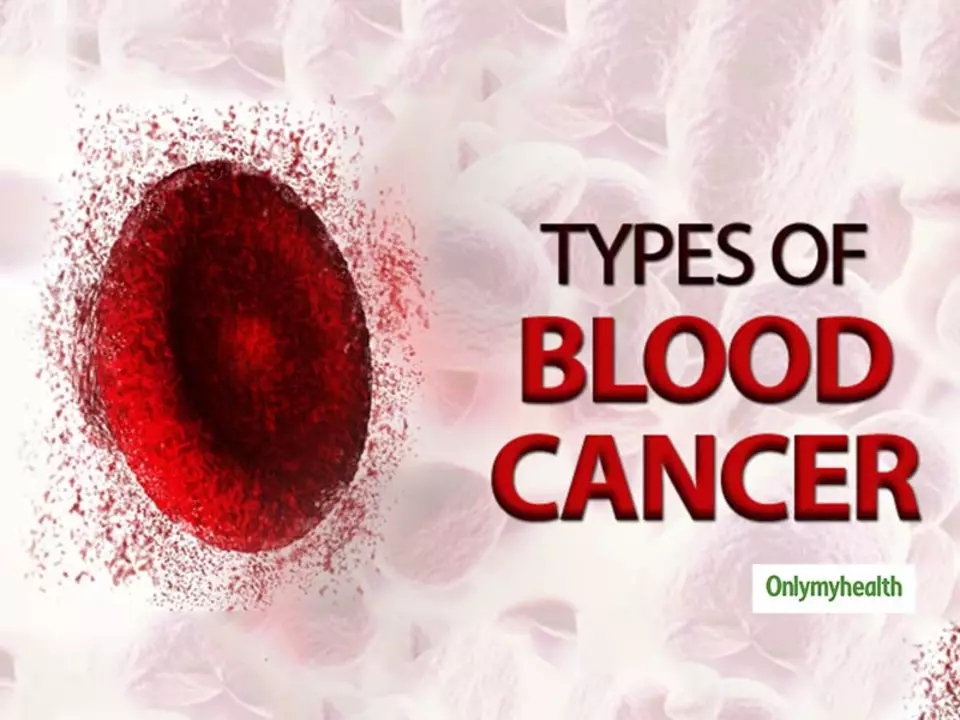Connection: How Medications, Conditions & Advice Tie Together
Ever wonder why a guide about Sinemet shows up next to one on hair regrowth? It’s not random – the connection tag groups articles that share a common thread. Whether it’s a shared ingredient, similar side‑effects, or a related health goal, this page helps you jump from one topic to the next without hunting around.
Think of the tag as a shortcut in a big pharmacy aisle. You’re looking for info on Plavix, but you also need to know about blood‑thinner alternatives or how it interacts with other drugs. The connection list brings those pieces together so you can read everything you need in one go.
Why Understanding Connections Matters
When you see a link between two articles, it usually means there’s an overlap that could affect your health decisions. For example, the Buy Medrol Online guide and the Disoproxil and Bone Health piece both touch on steroids and bone density issues. Knowing this connection can warn you to watch out for bone loss if you’re on long‑term steroids.
Another case: the articles about “Alternatives to Zolpidem” and “Vertigo and Allergies”. Both discuss how sleep quality influences dizziness, so reading them together gives a fuller picture of what might be causing your spinny feeling.
Quick Ways to Use This Tag Page
Start by scanning the headlines. If you’re interested in buying medication safely, click any title with “Buy … Online”. Those posts share practical steps on choosing legit pharmacies, checking licenses and spotting scams.
If you’re curious about drug interactions, look for titles that mention side‑effects or health conditions – like the Plavix guide or the article on Fumarate’s liver benefits. They often include warnings about mixing meds with certain diseases.
Got a specific health goal? Use the “alternatives” posts. Whether you need a new sleep aid, a different ED treatment, or a fresh asthma inhaler, the alternatives lists compare pros and cons so you can decide faster.
When you find a post that feels relevant, read its intro first – it’s usually written in plain language and gives a quick rundown of what you’ll learn. If the tone matches your needs, dive deeper into the sections on dosage, safety tips and real‑world experiences.
The connection tag also helps you spot trends. Notice how many articles this year talk about “2025” updates? That means the site is keeping up with the latest approvals, price changes and new research – a good sign that the info is fresh.
Finally, remember to bookmark the page. Every time we add a new article that fits an existing connection, it appears here automatically. It’s like getting a mini‑newsletter without signing up.
Bottom line: use this tag as your personal health map. Jump from one topic to the next, see how meds and conditions overlap, and make smarter choices without endless scrolling.
As a blogger, I recently delved into the connection between blood cancer and myeloma. Blood cancer, also known as hematologic cancer, primarily affects blood cells and bone marrow. Myeloma, on the other hand, is a type of blood cancer that specifically targets plasma cells in the bone marrow. This connection is crucial as myeloma can lead to a weakened immune system and other complications. Understanding the relationship between these two conditions can help raise awareness and improve treatment options for those affected.

